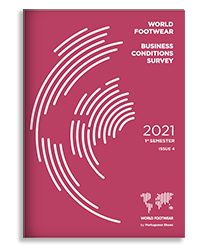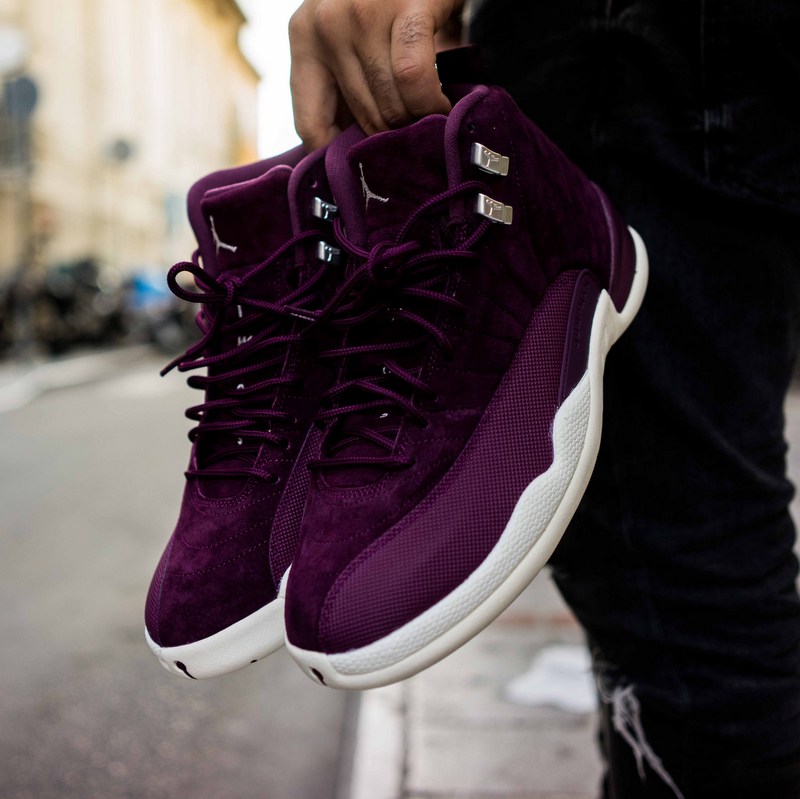Register to continue reading for free
Future of the footwear industry is uncertain, but the general outlook is positive

The World Footwear' experts panel, gathering specialists from all over the world, is foreseeing a slight recover for the footwear industry in 2021. Access the latest report and get free access to some of the main highlights of the last Business Conditions Survey
Although the rollout of the COVID-19 vaccines worldwide brings hope to the global economy, prospects for 2021 are still highly uncertain due to the rising incidence of the disease and the emergence of new variants. According to the World Trade Organization, recovery will strongly depend on the effectiveness of vaccination efforts worldwide.
This uncertainty reflects in the latest editions of the World Footwear Business Conditions survey, but the general outlook is positive. Most of our panel members believe that, over the next six months, the quantity of footwear sold will increase, which is an optimistic evolution in comparison to the perspectives from some months ago. Also, more than half of our respondents expect footwear prices to stabilize, and almost one third to even increase.
As in the previous editions of this survey, insufficient demand both in home and international markets is identified by our experts as the main source of difficulties for the footwear business but the cost of merchandise and raw materials is a growing concern.
After a very difficult year for the footwear industry, most of our panel members expect moderate growth (between 1.5% and 5%) in footwear consumption in 2021. Should these forecasts prove accurate, footwear consumption will grow 5.8% in South America, 3.8% in North America, 2% in Europe and Africa and 2.8% in Asia, this year, on average.
Do you want to read more?
Get access to the full report with all the conclusions.
If you are not registered yet, you can log in with a social network or create an account
It is easy, free and quick - and it will allow you to unlock all our Premium contents
It is easy, free and quick - and it will allow you to unlock all our Premium contents
Contents
About the Survey
Executive Summary
Business Context
Quantity
Prices
Difficulties
Types of Footwear
Possible Explanations
Retail Channels
Footwear Consumption in the US not keeping pace with the rest of the World
Consumption Expectations
The Importance of Different B2B Marketing Tools
Priorities for Post-COVID Investment
Executive Summary
Business Context
Quantity
Prices
Difficulties
Types of Footwear
Possible Explanations
Retail Channels
Footwear Consumption in the US not keeping pace with the rest of the World
Consumption Expectations
The Importance of Different B2B Marketing Tools
Priorities for Post-COVID Investment
About the Business Conditions Survey
In 2019 the World Footwear has created the World Footwear' experts panel and is now conducting a Business Conditions Survey every semester. The objective of the World Footwear Experts Panel Survey is to collect information regarding the current business conditions within the worldwide footwear markets and then to redistribute such information in a way it will provide an accurate overview of the situation of the global footwear industry.
The fourth edition of this online survey was conducted during the month of March 2021. We have obtained 141 valid answers from 42 countries, 52% coming from Europe, 21% from Asia, 14% and 8% from North and South America, respectively, and 5% from Africa. More than one third (35%) of the respondents are involved in footwear manufacturing (manufacturers), 20% in footwear trade and distribution (traders) and 45% in other footwear-related activities such as trade associations, consultancy, journalism, etc. (others).
The fourth edition of this online survey was conducted during the month of March 2021. We have obtained 141 valid answers from 42 countries, 52% coming from Europe, 21% from Asia, 14% and 8% from North and South America, respectively, and 5% from Africa. More than one third (35%) of the respondents are involved in footwear manufacturing (manufacturers), 20% in footwear trade and distribution (traders) and 45% in other footwear-related activities such as trade associations, consultancy, journalism, etc. (others).
Image credits: Lai Man Nung on Unsplash










